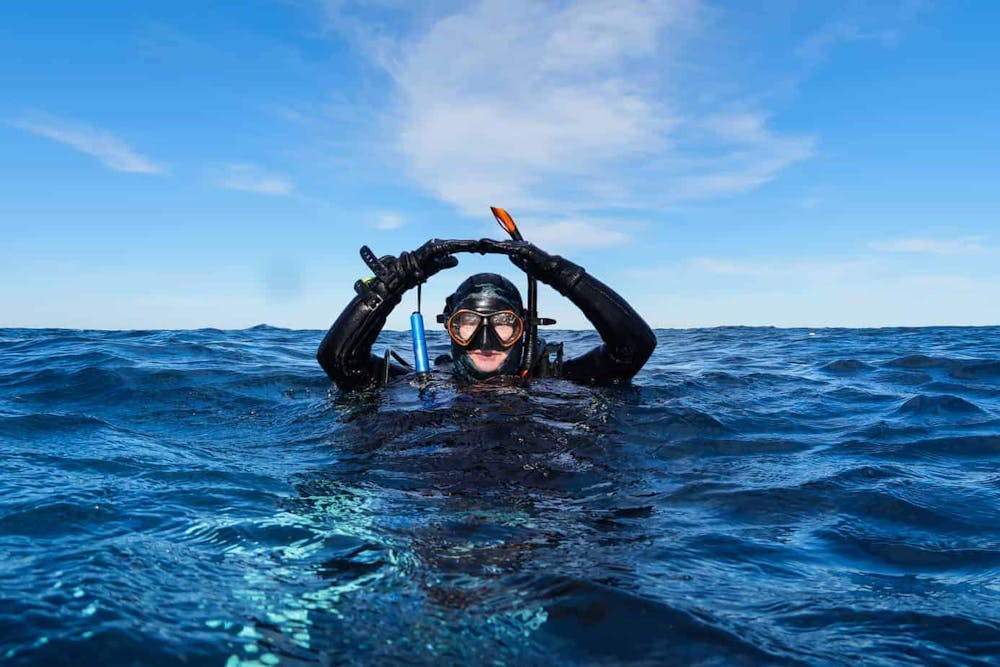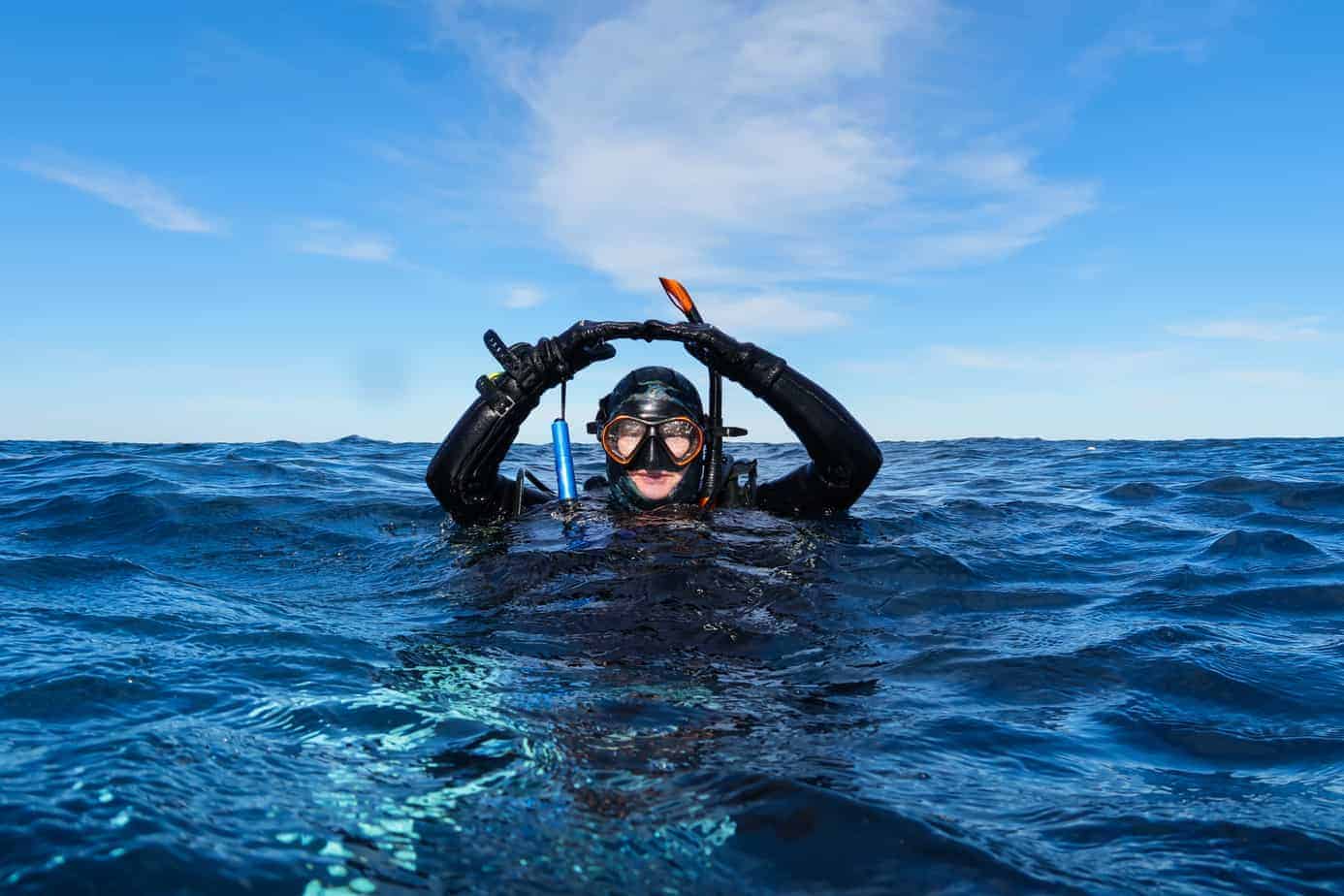The Six Rules Of Scuba Diving

Scuba Diving comes with a few rules to keep you safe. During your Open Water course, you will learn a lot of rules about scuba diving. When I teach the PADI Open Water Course, there is 6 rules that I absolutely want my students to remember before I can certified them. So bookmark this post full of good sense!
Are you ready to become a scuba diver? Do you want to go further into your training?

1. Breathe continuously while on scuba. Never hold your breath.
There is no way, you would have missed that one. Each instructor will repeat, repeat, repeat and repeat again! For a very good reason, holding your breath when you change depth, even a little, could cause an overexpansion of you lung. If that happen the symptoms are short breath, difficulty of breathing, pain, unconsciousness, you should give oxygen and call emergency.
Beside the risk associated with holding your breath, a good control of your breathing helps you to maintain a proper buoyancy. That’s where diving become relaxing.
2. Equalise early and often while descending. Never go deeper than you can comfortably equalise.
It is common sense, but many divers forget this rule and take the risk to burst an ear drum. Bursting your ear is already a problem, but if it happens underwater chances are you will get disoriented enough to loose your regulator and drown. So if you have issues equalising, take your time, use a rope to control your descent, go feet first and never go down when it hurts.
Talk with your instructor about different way to equalise. Not everybody can do it the same way. Also, if you have a cold or congestion, do not dive. The ocean will still be there in a couple of day.
3. Ascend slowly from every dive and make safety stops.
This rules is directly linked to Rule number one. Going slowly will save you to overexpand your lung. But also, it is made to reduce decompression sickness risk, caused by your body absorbing too much nitrogen. By doing a safety stop between 3 and 6 meters, you let time for that excess nitrogen to escape your body. Recreational divers should always do no decompression dives so they can come back to the surface at any point, doing a safety stop force you to slow down and reduce most of scuba diving risk.
To be able to ascent slowly, you need to control your buoyancy right. When you are ascend, the air trap in your BCD and wetsuit expands, causing you to ascend faster. You have to release the air from your BCD at the beginning of the ascent to keep your neutral buoyancy.
4. Continuously monitor depth, time, and pressure.
Simple and beautiful, this rule is the basic. If you are engaged in an underwater activity like photography or cray fishing, chances are you are not focused on your console. Takes time to check your data often, keep a good air reserve for your safety stop and make sure to stay way in your no decompression time. Common accidents happen when you run out of air at depth, training prepares you but it is not always enough to save you. Better be safe.
5. Do not overweight yourself.
It is unfortunately a very common mistake that divers make. Because they were train like that or because they don’t do regular buoyancy check, some divers decide to take more weight than necessary. It is not good for you back, it is a danger when you can not inflate your BC (and you unfortunately refuse to drop your $100 weight pocket) and it affects your buoyancy and pleasure underwater. A proper weighing is when you can do a safety stop neutrally buoyant at 5 meters, with 40 to 70 bars, without air in your BC.
Play around where you are putting those weights as well. A weight that you put on one side is going to make you lopsided and uncomfortable. Try to invest in a BCD with weight pockets for a better trim.
6. Dive like a fish (and not like an ape).
Among the 6 Rules of Scuba Diving, this one is the most important. After your training you should be able to swim nearly horizontally at all time, not having to stand or kneel on the bottom. If you are swimming almost vertically, chances are you are over weighted or you are not using your BC correctly. Takes time to visualise yourself and check your position underwater. It affects your pleasure underwater and prevents reef destruction. If you ever dived a site with a very muddy bottom and getting annoyed with that diver that is walking on it, you know how important is the control of buoyancy.

The PADI Advanced Open Water is the perfect course to practice and work on your buoyancy.
